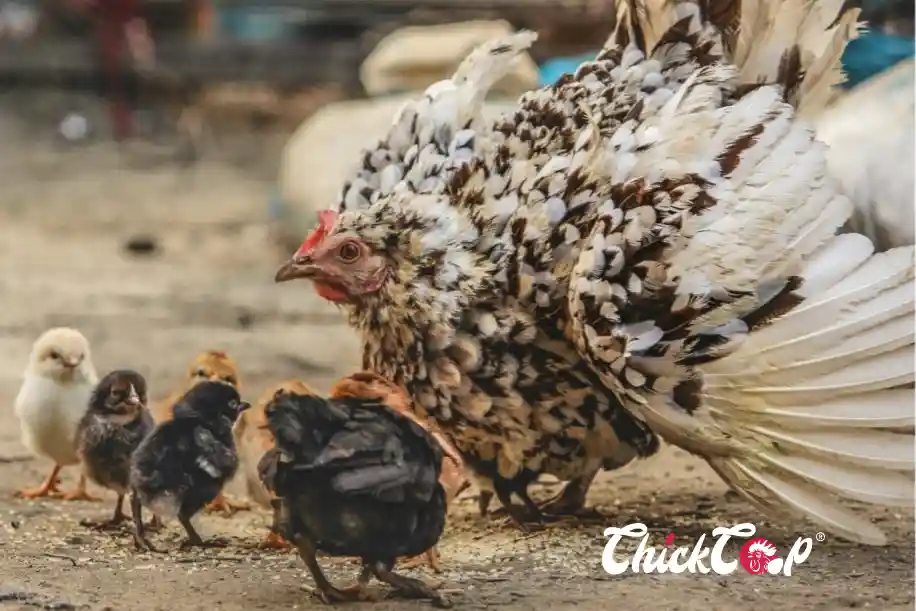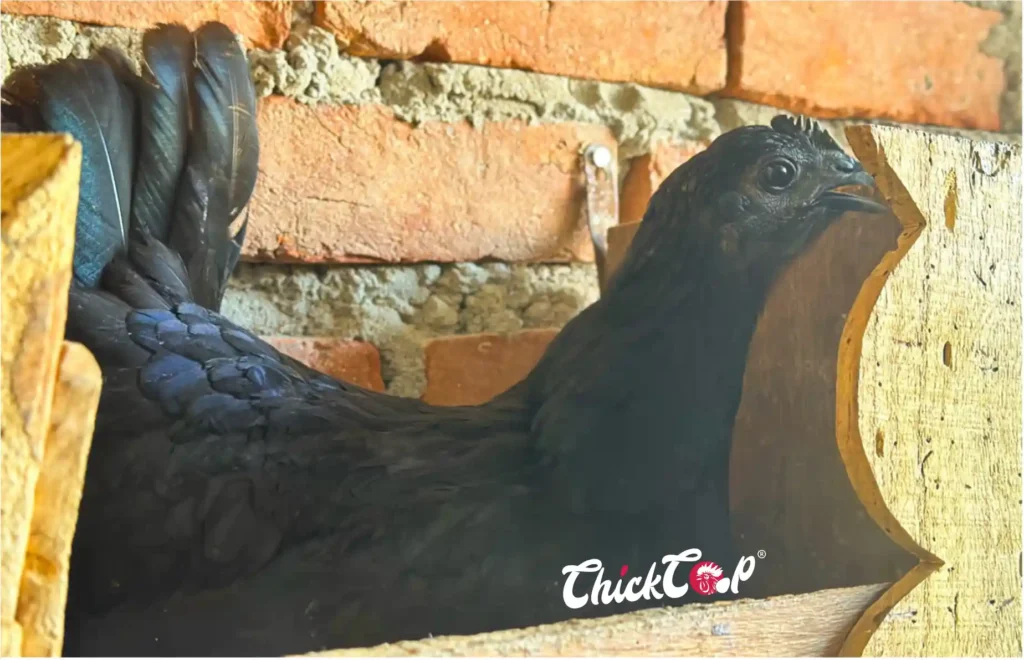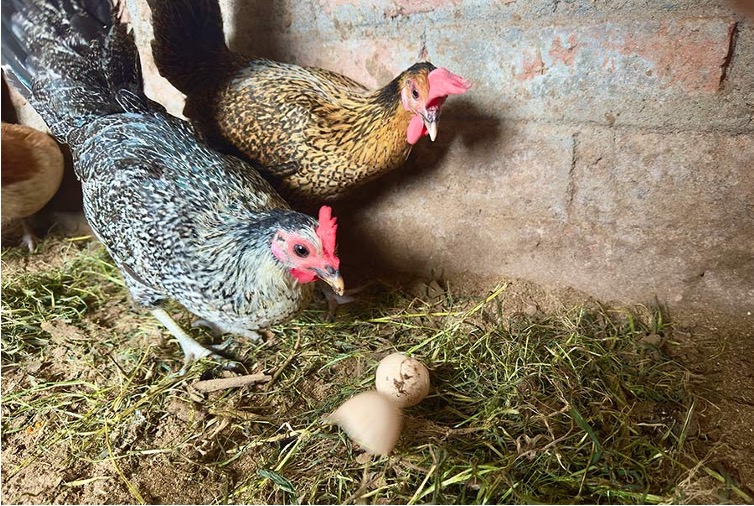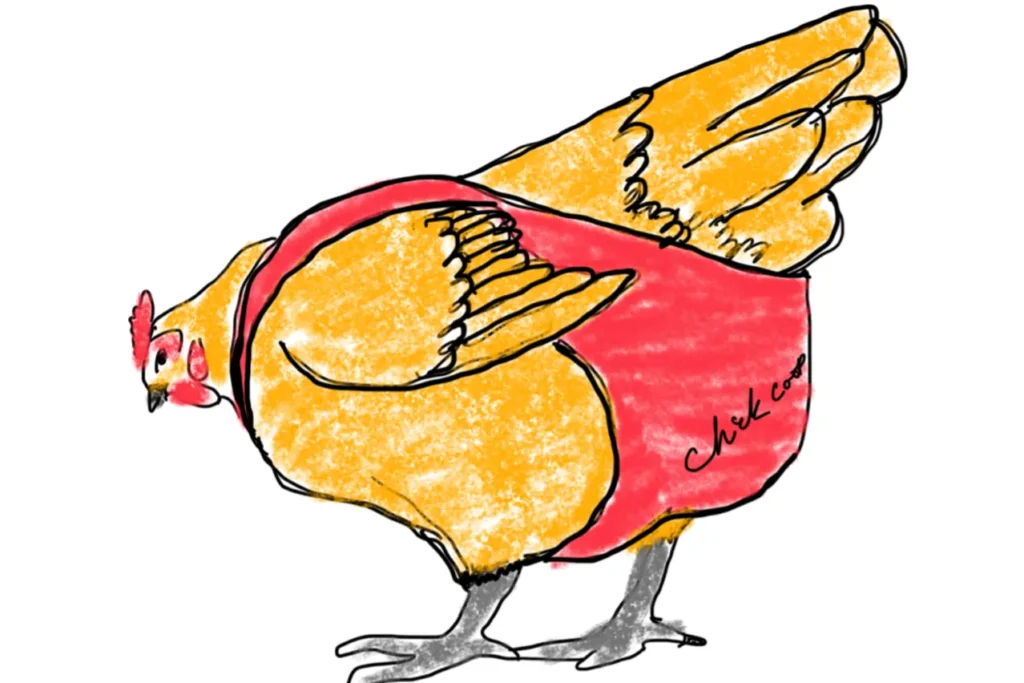
Terminology of Chicken: Everything You Need to Know
Whether you’re diving headfirst into the chicken-keeping world or just wading into the waters to see what it’s all about, you’ve probably already stumbled across terms that feel like a foreign language. That was definitely my experience when my family first started out.
I remember scrolling through our local online chicken group, seeing posts with words like “pullet,” “broody poop,” and “straight-run”—and I had no clue what half of it meant. I thought,
ME: Oh God! How can I raise happy, healthy chickens if I don’t even understand the lingo?
If you’re in that same boat, don’t worry—I’ve got you. Below is a go-to glossary of common chicken-keeping terms that every beginner should know. This list will help you feel more confident as you navigate the coop life. Let’s get cluckin’.
CHICKS & HATCHING TERMS

- Brooder
A safe, heated enclosure for chicks until they’re feathered out and ready for the big leagues (aka, the main flock).
- Broody Hen
A hen that decides she wants to hatch eggs—her own or someone else’s. She’ll sit on them religiously until they hatch.
BROODY WARNING/SCREAM
An intense, squawky shriek a broody hen lets out when she’s disturbed on the nest. It’s loud. It’s dramatic. It’s totally normal.
- Broody Hiss
Yep, hens hiss too. A broody one might hiss like a snake when she feels threatened.
- Broody Poop
Sounds gross (and it is). When a broody hen finally leaves her nest, she lets out a huge poop she’s been holding in. Keeps the nest clean, though!
- Broody Coop
A wire-bottomed cage used to discourage broodiness. Not comfy, but it works. Usually takes 1–3 days to reset her hormones.
- Broody Growl
A guttural, serious sound hens make when protecting their eggs or chicks—or just when they’re really annoyed.
- Brood Patch
A bald, warm patch on a broody hen’s chest that helps incubate eggs directly against her skin.
- Pip (or Pipping)
The very first crack a chick makes in the shell when it’s getting ready to hatch. Magic moment.
GROWING UP CHICKEN

- Juvenile
A chicken between chickhood and adulthood, usually 8–18 weeks old.
- Straight-run
A group of chicks sold without separating males from females.
- Feather Out
When chicks get their full set of feathers—around 6 weeks old, give or take.
- Feather Tract
Feathers grow in specific regions. Chickens don’t have hair all over like mammals—just organized tracts.
CHICKEN HOUSING
- Chicken Coop or ChickCoop
Where your flock lives. It should be secure, spacious, ventilated, dry, and easy to clean. Bonus points if it lets in natural daylight and keeps predators out.
- Show Coop
A portable cage for exhibiting chickens. Usually smooth-floored and designed for easy access and bird comfort during shows.
- Clutch
Originally from the word “klekja” (to sit or roost). Refers to a group of eggs or sometimes a group of chickens that roost together.
- Setting
When a hen lays a batch of eggs (a clutch) and decides to incubate them all at once.
- Cock
A mature male chicken (rooster), one year or older.
- Cockerel
A young male under one year. They’ll start crowing, posturing, and looking fancy pretty early on.
- Cocker
A person who breeds and trains chickens, usually for show or competitions.
- Cockerel Breeder
A rooster or hen chosen for producing show-quality offspring—sometimes with some strategic crossbreeding involved.
- Crow Head
A chicken with an undesirable, narrow skull and beak—usually avoided in show birds.
- Crow / Cock-a-doodle-doo
That loud call roosters love to do at dawn… and all day. It’s how they claim territory and assert dominance.
- Crowing Hen
Yep, some hens crow. Rare, but it happens—and those girls are often considered breeding gems.
EGGS & LAYING
- Layer
A hen that is actively laying eggs.
- Laying Breed
A breed developed to lay lots of eggs consistently (hello, Leghorns and ISA Browns!).
- Dual-purpose Breed
Chickens raised for both meat and eggs. Great for small farms wanting versatility.
- Infertile Egg
An egg laid without a rooster involved. Perfectly edible, just not hatchable.
- Cock Egg
A tiny egg without a yolk—used to be blamed on roosters, but nah… it’s just a hiccup in the laying process.
- Embryo / Embryo Death
Refers to a chick developing (or not developing) inside a fertilized egg.
- Incubate
To maintain the right heat, humidity, and conditions to hatch eggs—either by hen or machine.
BEHAVIOUR & HEALTH
- Cluck
The soft, rhythmic sound hens make to communicate with their chicks or call them close.
- Cackle
Loud, excited chatter hens often let out after laying an egg or when they’re spooked.

- Cannibalism
Disturbing, but real. Chickens pecking at each other’s feathers or flesh, usually from boredom, stress, or overcrowding.
- Debeak
Trimming the beak to prevent pecking injuries. Common in industrial setups but controversial.
- Decrow
A rare and risky surgery to stop a rooster from crowing. Usually not worth it.
- Go Broody
When a hen feels the urge to sit on eggs and hatch them. Sometimes adorable. Sometimes a headache.
Genetics & Breeding
- Crossbreed
Mixing two breeds to create offspring with combined traits—can be for productivity or looks.
- Non-setter
A chicken that doesn’t go broody often—usually bred for egg laying.
- Heritage Breed
Old-school, time-tested breeds passed down through generations. Often hardy and unique.
- Inbred / Inbreeding
Breeding closely related birds to strengthen certain traits. Can also cause health problems if not managed carefully.
- Inbreeding Depression
Reduced vitality or performance in offspring due to inbreeding.
ODDS & ENDS

- Chicken Diaper
Yes, it’s a thing. For house chickens or therapy birds. Keeps poop off your floor. Google it—you’ll be surprised.
- Coop Training
Prepping chickens (especially show birds) to be handled and housed in unfamiliar environments.
- Crumbles
Feed form—smaller than pellets, bigger than mash. Easy to eat for chicks and adults alike.
- Depopulate / Culling
Removing a bird (or whole flock) for health, behavior, or biosecurity reasons.
This is just the beginning of your chicken vocabulary. For more specific topics like combs, breeds, and feather colors, check out the other blogs in this series. Learning the language of chickens might seem overwhelming at first, but soon, you’ll be clucking fluently with the best of ’em.
Happy Chicken keeping,
At ChickCoop®, we’re more than just a Chicken Company, writing interesting blogs about them– we’re your trusted partner in building a modernized, sustainable and profitable farm. From breed selection to buy-back support, feed guidance, and modern farm management tips, we ensure farmers like you achieve the best results and profits.
Call us today to discuss your farming needs
📧 Email us at: write@chickcoop.in
📞 Call us: +91-9939209699


